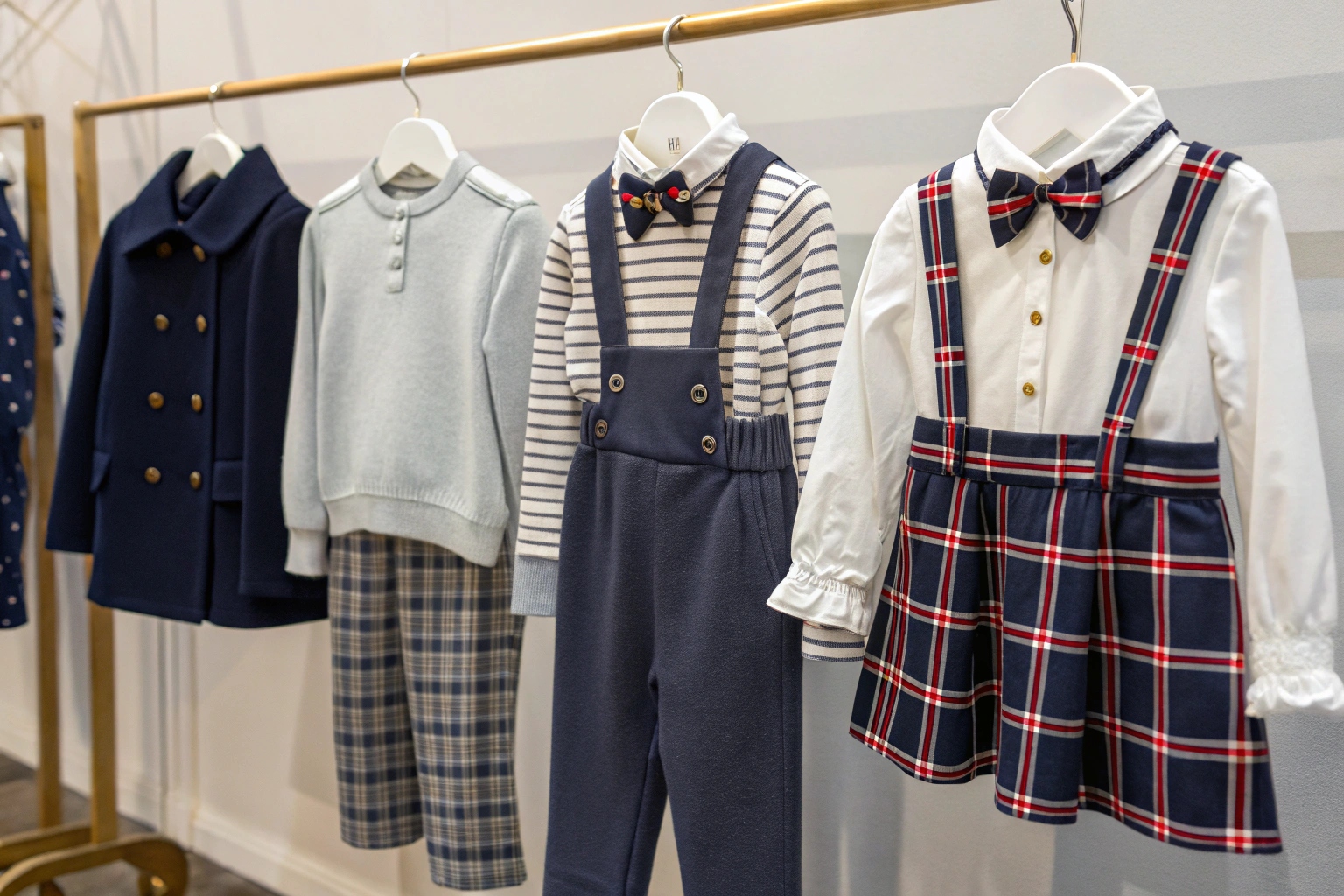Children’s fashion is more than cute designs—it’s a fast-growing global industry. But how big is the kidswear market really?
The global children’s clothing market is worth over $270 billion and continues to grow steadily. With high demand for babywear, schoolwear, and fashion-forward kids apparel, it remains one of the most profitable sectors in the fashion industry.
In this article, we’ll explore profitability, market size, target audiences, and the top players in the children’s clothing business.
Is Selling Children’s Clothes Profitable?
Many entrepreneurs and fashion brands consider launching kidswear lines. But is it a good business decision?
Yes, selling children’s clothes is profitable. Kids outgrow clothing fast, and parents are willing to spend on quality, safety, and style—creating repeat demand across all age groups.
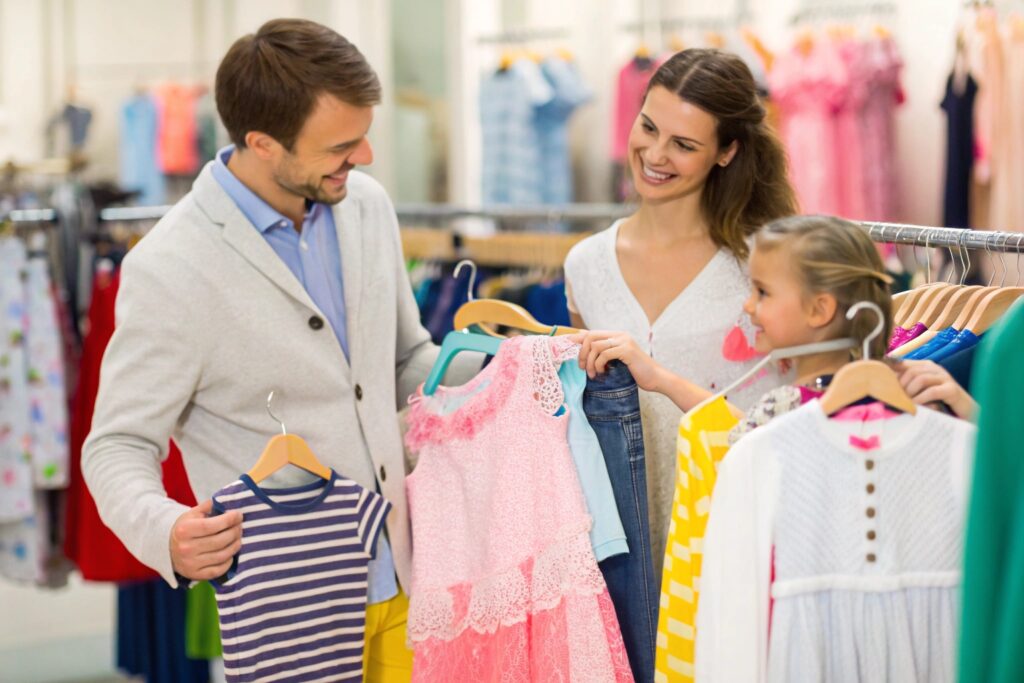
Why kidswear is profitable:
| Factor | Advantage |
|---|---|
| Fast growth cycles | Constant need for new sizes |
| Seasonal buying | Higher volume during holidays |
| Low return rate | Fewer sizing issues than adultwear |
| Emotional purchases | Gifts, matching sets, occasionwear |
Key profit drivers:
- High markup potential – Especially for branded or organic items
- Volume-based sales – School uniforms, sleepwear packs, baby bundles
- Loyalty from parents – Trust in quality leads to repeat purchases
At Fumao, we work with dozens of B2B kidswear brands who report strong margins—especially in baby and toddler segments.
How Big Is the Market for Baby Clothes?
The babywear niche has exploded in recent years, with a focus on organic fabrics, comfort, and style.
The global market for baby clothes was valued at over $70 billion in 2023 and is expected to reach $100 billion by 2027, driven by rising birth rates, gift purchases, and demand for safe, comfortable clothing.
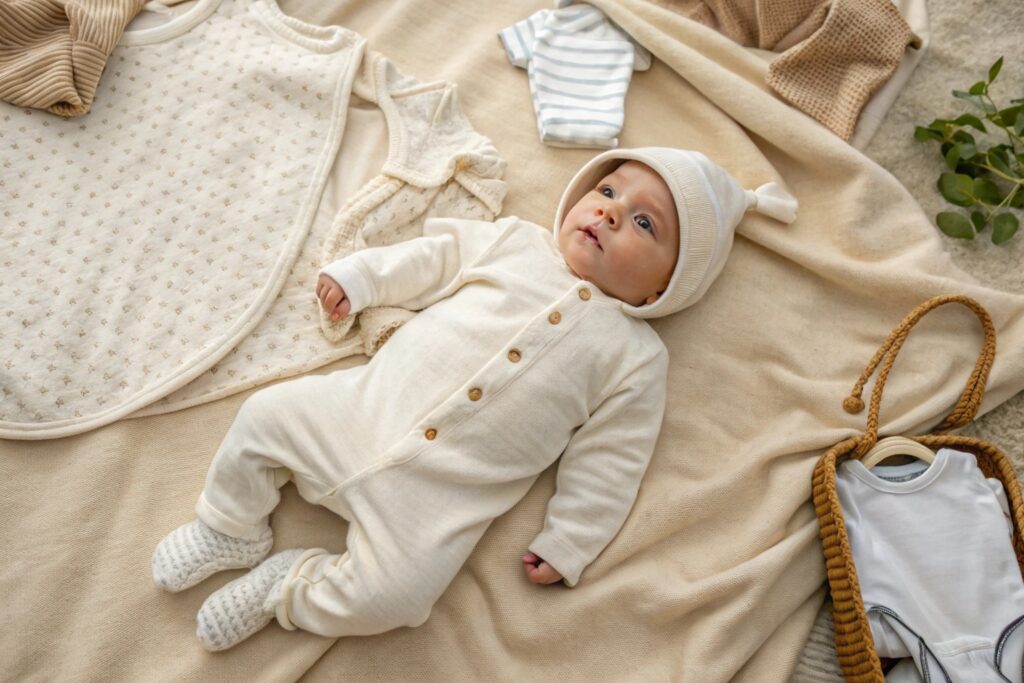
Babywear market highlights:
| Segment | Details |
|---|---|
| 0–24 Months Apparel | Bodysuits, rompers, pajamas, bibs |
| Organic Babywear | High growth due to skin-sensitivity concerns |
| Gifting Market | Baby showers, first birthdays, holidays |
| Ecommerce | Babywear among top categories in online fashion |
Factors fueling growth:
- Millennial parents looking for sustainable, premium products
- Online shopping convenience
- Increased awareness of textile safety and certifications
At Fumao, babywear is one of our fastest-growing product lines—especially with clients looking for private label or organic collections.
What Is the Target Market for Kidswear?
Understanding who buys kidswear is key to success. So who’s the real customer?
The target market for kidswear includes parents (usually aged 25–45), gift buyers (grandparents, aunts/uncles), and retailers or importers looking to stock baby and children’s clothing.
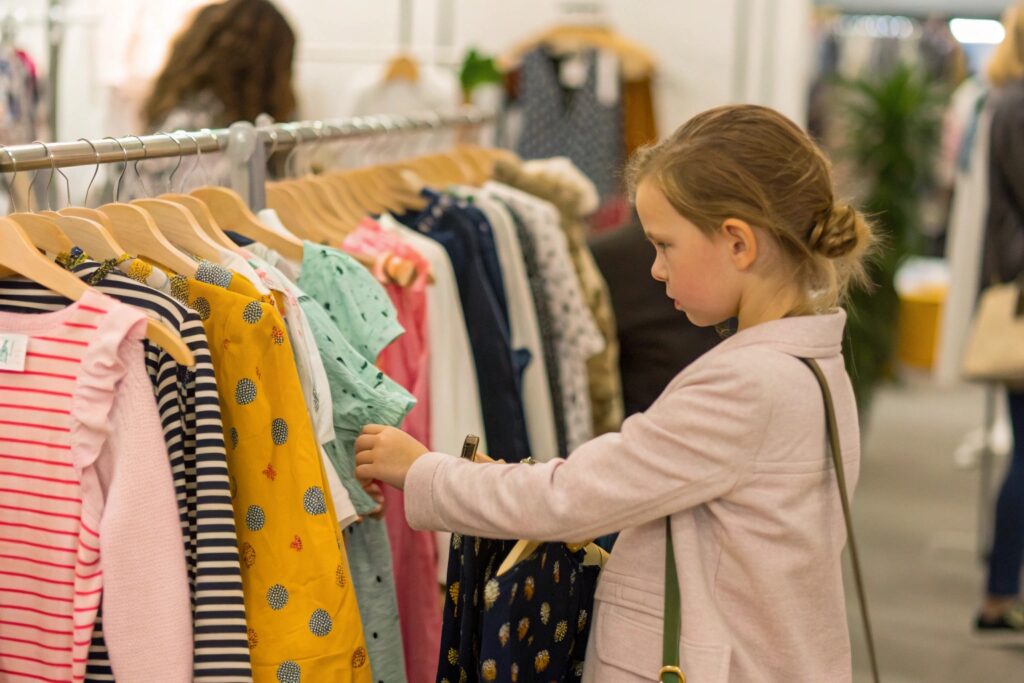
Primary target groups:
| Buyer Type | Motivation |
|---|---|
| Parents | Comfort, safety, value |
| Gift Buyers | Style, cuteness, premium appeal |
| Retailers | Margin, brand uniqueness |
| Influencer Moms | Trend-driven baby fashion |
Buyer behavior insights:
- New parents prioritize softness, safety, and convenience
- Working parents want easy-care, machine-washable clothes
- Eco-conscious buyers look for GOTS-certified and natural fibers
- High-income households are more brand-sensitive
Marketing strategies vary, but kidswear brands that connect emotionally with parents (via storytelling or lifestyle branding) often perform better long term.
What Are the Top 5 Kids Clothing Brands?
Some children’s clothing brands have become household names through quality, innovation, and style. Who are the leaders?
The top 5 kids clothing brands globally include Carter’s, H&M Kids, Zara Kids, The Children’s Place, and GAP Kids. These brands lead in market share, customer trust, and wide product ranges.
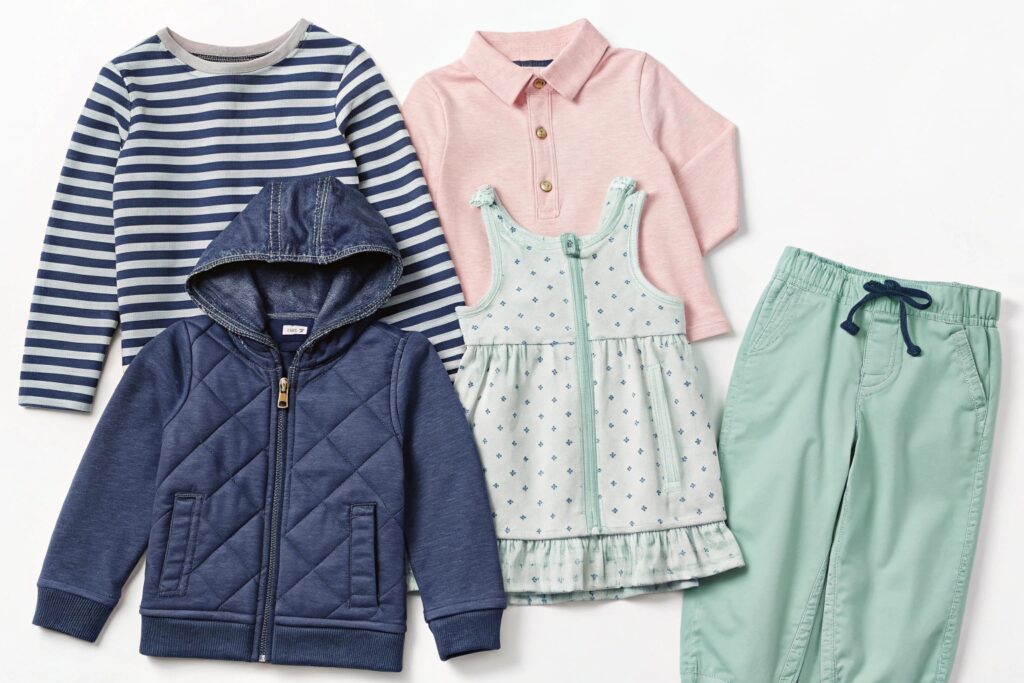
Top 5 Kidswear Brands:
| Brand | Strengths | Price Range |
|---|---|---|
| Carter’s | Baby basics, trusted by US parents | Affordable |
| H&M Kids | Fashionable, budget-friendly styles | Affordable |
| Zara Kids | Trendy designs, fast fashion | Mid-range |
| The Children’s Place | Everyday essentials, deals and packs | Affordable |
| GAP Kids | Timeless styles, soft cottons | Mid-range |
Other rising or niche brands:
- Mini Rodini – Eco-focused luxury babywear
- PatPat – E-commerce-first brand with budget pricing
- Tea Collection – Travel-inspired kids fashion
- Nike Kids / Adidas Kids – Popular in sportswear segment
These brands often combine comfort, trend, and smart pricing—making them hard to beat.
Conclusion
The children’s clothing market is large, profitable, and growing. With strong demand in babywear and toddler segments, brands that offer safe, stylish, and comfortable products continue to thrive. Whether you’re sourcing for a retail line or launching your own brand, kidswear offers long-term opportunity in both fashion and function.

